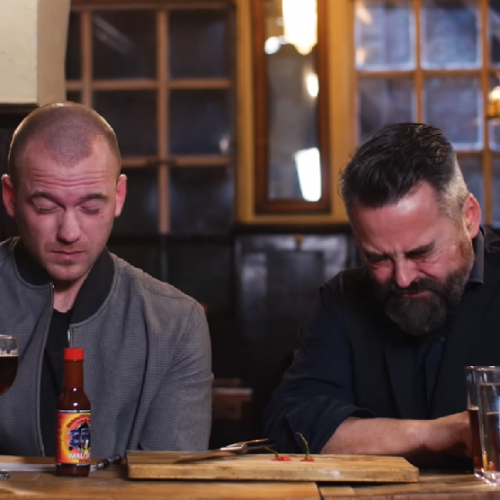World's Hottest Peppers: Find Out Here Why Hot Chili Peppers Burn & Why Milk Is The Best Cure
Most of us enjoy the burning sensation that chili peppers provide. They have been a part of the human diet since at least 7500 BCE. Some are so hot that they become tear-inducing peppers. But do you know the reason why they cause a mouth-sizzling burn? How do you cool a burning tongue?
Capsaicin is one of the substances that give chili peppers their intensity when ingested or applied. It is also the primary component in pepper spray, a less-than-lethal weapon.
When consumed, capsaicinoids bind with pain receptors in the mouth and throat that are responsible for sensing heat. Once activated by the capsaicinoids, these receptors send a message straight to the brain: "fire!" The brain responds to the burning sensation by raising the heart rate, increasing perspiration and release of endorphins.
Milk, however, contains casein, a fat-loving compound that pull the capsaicin compounds away from the nerve receptor binding sites and does your hot mouth some good.
While common peppers like Habanero have only 100,000–350,000 SHU, there are notably hot chili peppers and are considered the world's hottest. Some of these are the Carolina Reaper with 2.2M SHU and the Trinidad moruga scorpion with 2.0M SHU.






